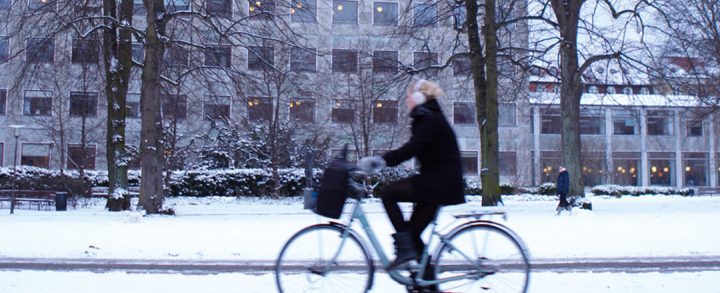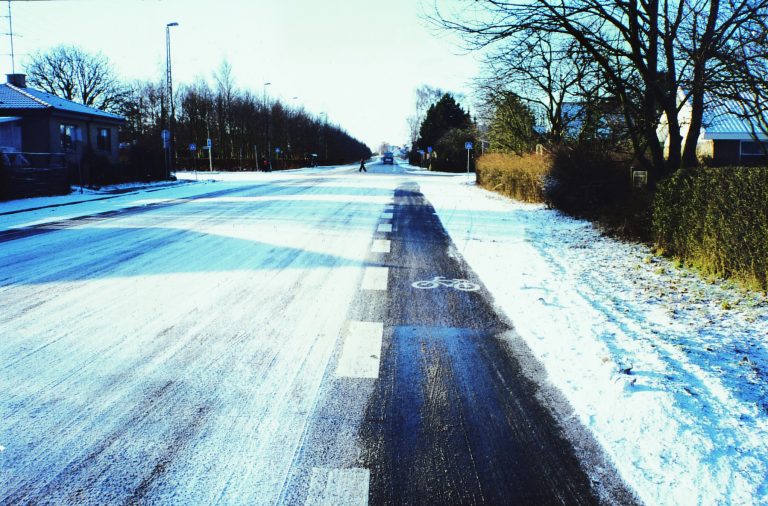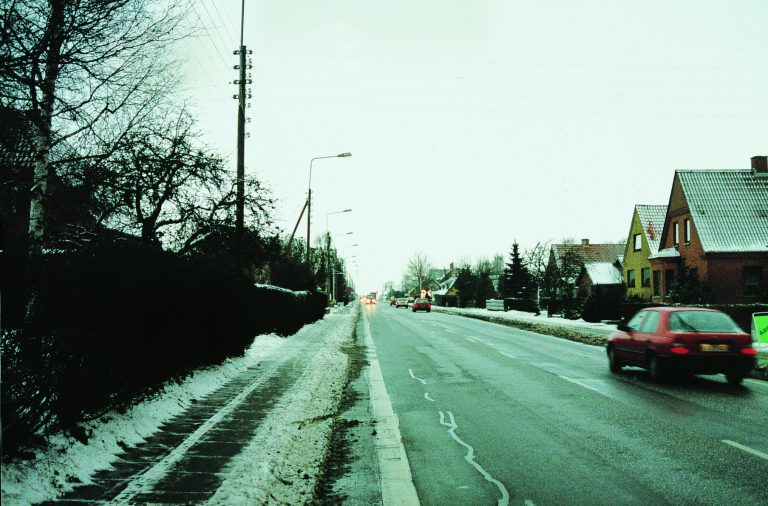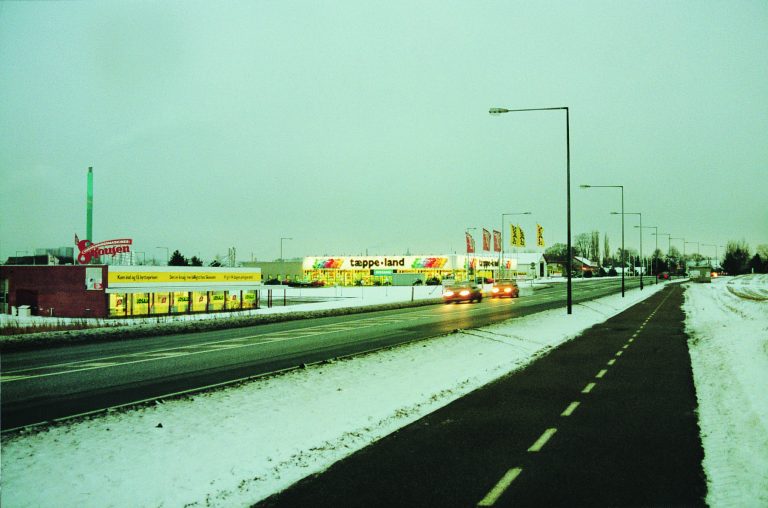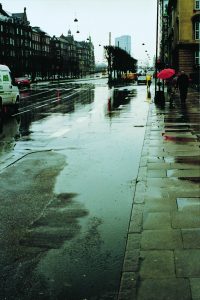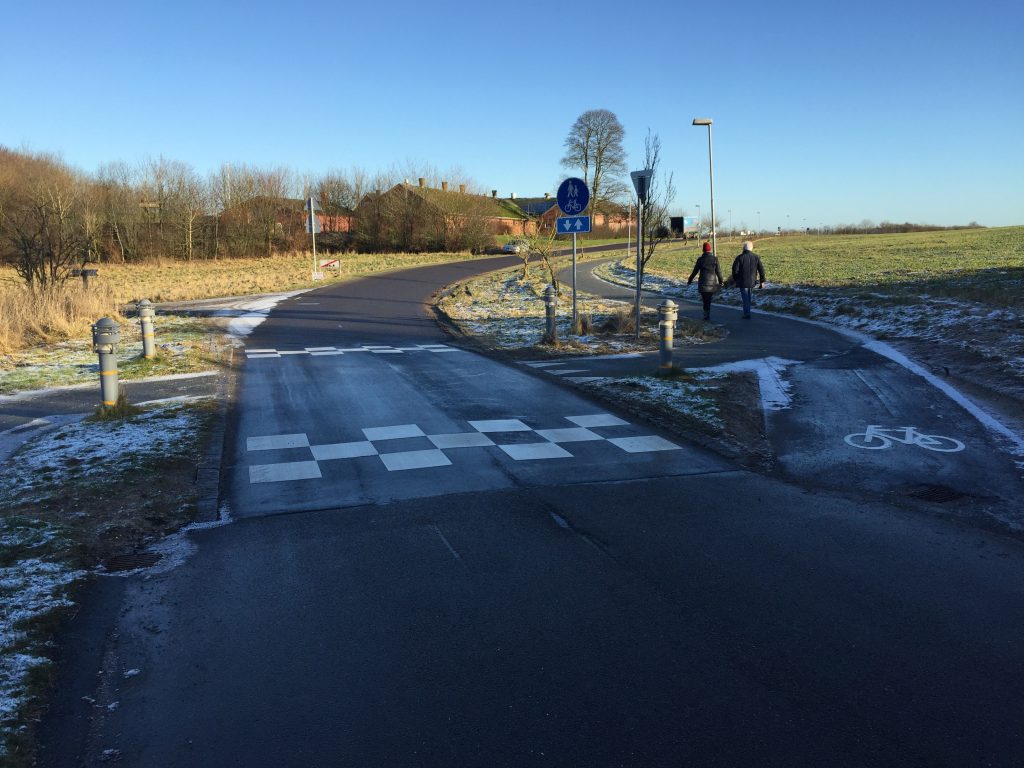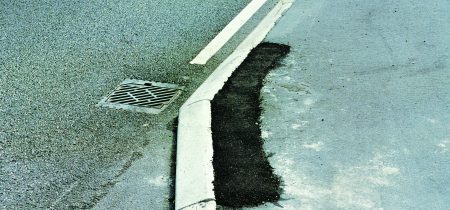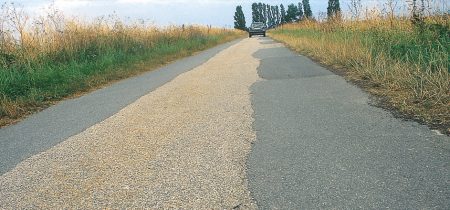Winter maintenance and cleaning of roads and cycle tracks
For the optimal function of modern urban society, roads and cycle tracks must be passable and safe, allowing road users to move about freely and safely regardless of the season or the weather. Consequently, effective measures need to be taken to deal with the problems caused by snow and ice during the winter.
By Aros Kommunikation
It is the road authority’s responsibility to address snow clearance and slippery road conditions on roads and paths under the jurisdiction of the local authority (in accordance with the law of public thoroughfares §62).
Priorities and service objectives
Roads and paths are divided into different winter classes. The categories are defined by the road or path’s importance for traffic flows, and service objectives are prioritized accordingly. This optimizes the use of resources and achieves a good mutual balance between traffic concerns, the environment, and funding.
Cycle tracks should have a high service level as snow and ice are a serious problem for many cyclists. If cyclists are to continue cycling during the winter months, it is crucial that they can expect cleared cycle paths and tracks when they go back and forth to their place of work or education, etc. In addition, cyclists should never be tempted to use busy carriageways instead of cycle tracks.
In practice, roads and paths fall into four winter clearance classes (I, II, III, IV) according to their importance for road passability and traffic flows:
- Class I: Top priority paths that are crucial for smooth traffic flows. These stretches
are so crucial to bicycle traffic, and indeed for society as a whole, that they must be kept passable with no significant obstacles 24 hours a day 7 days a week.
- Class II: Paths of secondary importance for traffic flows, including school paths and feeder paths. Snow clearance and de-icing generally take place during the daytime, 7 days a week.
- Class III. Short paths of importance only for local traffic. Snow clearance and de-icing are only carried out on weekdays during normal working hours, and only after class I and II paths have already been de-iced or cleared.
Class IV: Low priority paths such as recreational gravel lanes. These are not normally included in winter maintenance planning and are only cleared occasionally.
De -icing and snow clearance
De-icing of paths may be carried out by traditional salting, gritting, by spreading salt brine solution alone or in combination with other thawing agents. The various thawing agents impact the environment in varying degrees and additionally have different melting properties. The effect of the anti-icing agent depends on the temperature; generally speaking, the lower the temperature, the smaller the effect.
The overall environmental impact of thawing agents can be described as follows:
- Chlorides (sodium chloride, magnesium chloride, and calcium chloride) in large amounts have a negative impact on the environment.
- Acetates (for example calcium magnesium acetate) and formates (potassium formate and sodium formate) are considered environmentally friendly thawing agents.
Some thawing agents have been certified by the Nordic Swan ecolabel.
The cost of the different thawing agents varies depending on the quantity ordered, supply/demand, and transport, among other things. When estimating the cost of the individual thawing agent, it is important to factor in storage costs, the cost of spreading equipment, etc. since some thawing agents are applied in liquid form and consequently require a different type of storage than a traditional salt storage bin, as well as the cost of different types of spreaders /applicators than those most commonly used.
When trying to completely avoid the use of chemical thawing agents, using only salt, grit, or sand, it should be borne in mind that the latter also have a negative environmental impact, and in addition increase the risk of flat tires and skidding. Furthermore grit is not a thawing agent and simply increases friction. Grit often ends up in the sewer, which has to be cleaned continually, and since the grit is mixed with dangerous chemicals, the residue, in other words what remains lying on the roads and cycle tracks, has to be stored at a hazardous waste landfill. In Denmark there is a fee for using such a landfill. Furthermore, road markings are worn off when grit is swept, which can mean higher costs for new road marking. In addition, grit must not contain sharp pieces of flint.
On the basis of meteorological forecasts and road data from stationary measuring stations, preventive salting can be carried out prior to coming snow or rime precipitation. This is often seen in connection with Class 1 service objectives.
It is crucial to first remove any snow or other precipitation either by sweeper or snow-plough for optimal de-icing.
In Denmark snow clearance and cycle track de-icing are normally carried out by the same vehicle equipped with a sweeper and a plough as well as a salt spreader/applicator. When it comes to snow clearance, the snow is normally piled up on the kerb between the cycle track, pavement and carriageway, but when it comes to small cycle tracks and cycle lanes the snow must be removed by motor vehicle. Removal is extremely high cost, and is only feasible where it is most critical.
Cycle track cleaning
Regardless of the weather or the season, a high service level for cycle track cleaning is crucial. Systematic sweeping should be carried out up to four times a year, depending on the cycle track’s importance. When the leaves are falling, extra sweeping is necessary since wet leaves constitute a risk for cyclists, making them skid.
There should be a response team on call to remove objects that are dangerous for traffic and broken glass, especially on Saturday and Sunday morning on streets where an enthusiastic night life leaves broken glass in its wake on the roads and paths.
- 11.16B
From construction to maintenance
It’s important that maintenance and operations personnel are an integral part of the construction process so they can develop an understanding of the project’s purpose and contribute their operational experience. It’s an advantage that the maintenance department is given the opportunity to check the work before the contractor’s final delivery. It is up to the construction department to ensure that any defects are rectified by the contractor during cure period.
Some local authorities already involve maintenance personnel in the early planning stages when the construction project is being designed. It can be a tremendous advantage to integrate a major renovation project with a construction project, for example establishing new cycle lanes when the wearing course is applied.
High-cost elements
If for esthetic reasons paving stones are to be used to pave the road, it should be borne in mind that such surfaces are more difficult and costly to maintain and clean than asphalt surfaces. Furthermore the surface is uneven, which is criticized by cyclists.
The road rules for cycle track signage state that cycle tracks may be marked by signposts (D21) or the thermoplastic bicycle symbol written on the road surface. The most cost effective choice is the bicycle symbol unless other considerations speak for the signpost. In urban areas cycle tracks are normally not signed. On the other hand, thermoplastic is a bit uncomfortable to bike on since it may be up to 0.5 cm thick.
Poor maintenance and cleaning make for cycling accidents
A number of cycling accidents can be directly related to poor cleaning, including poor winter maintenance. It is not always easy to determine the actual cause of the accident since it may due to a number of factors working together. When it comes to solo accidents there are usually fewer factors involved than in the case of multi-party accidents.
Much suggests that frequent sweeping of roads and paths and faster patching of paths and roadsides can prevent accidents. Roads with a low quality surface pose a great risk, especially for solo cyclists.
Sources:
Winter maintenance: Louise Zachariassen Meltz, project consultant, The Danish Road Directorate, driving and winter service: http://vejdirektoratet.dk/DA/vejsektor/vinter/Documents/QUICKGUIDE_VR_2019_181212.pdf
Cleaning: Per Kristensen, head of maintenance department, Technical and Environmental Administration, Municipality of Aarhus


